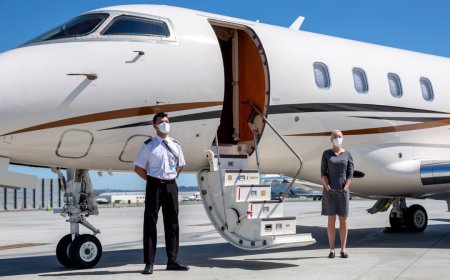Safer grazing areas curb attacks of wild animals on cattle inside LNP
Safer grazing areas for cattle, coupled with the introduction of good management practices in the Limpopo National Park (LNP) by the National Administration of Conservation Areas (ANAC) in partnership with the Peace Parks Foundation (PPF), have helped to significantly reduce the number of attacks of hyenas and lions on cattle.
Thanks to a new project, introduced over the past two years, it was possible to reverse a trend which used to be of major concern to park authorities and farmers living inside and in the buffer zone of the Limpopo National Park in the Massingir district of the southern Mozambican province of Gaza.
The results of the new project are quite encouraging as only 46 deaths of livestock were reported from last January to date by communities living within the park, down from 115 heads of cattle lost last year.
The Massingir district government has acknowledged that much progress has been made for the protection of cattle. The measures include the establishment of cattle watering places and safer grazing areas outside the park and away from hyenas and lions.
Massingir district administrator, Esmeralda Muthemba, acknowledged the fact speaking to AIM on Wednesday (26) during the handover ceremony of two water holes for watering cattle and two safe grazing areas covering an area of about 20 hectares each, a project financed by the Prince Albert Foundation, which invested 11 million meticais (about 172 thousand US dollars at the current exchange rate).
'Human-wildlife conflict, being most attacks on livestock by hyenas, was recurrent in the past especially within the communities residing inside the park. We are monitoring with satisfaction the implementation of new initiatives to mitigate the conflict. Today we delivered two water systems to water the cattle and safe grazing areas. This will allow to safely move the cattle out of the park to new grazing areas', explained the administrator.
She said that over the last few years the Limpopo National Park and its partners disbursed nearly 40 million meticais at a rate of 25 thousand meticais to compensate farmers for each cattle head killed by wild animals, which was becoming unattainable.
She assured that the communities living inside the park, mainly the Mavoze community, which has the largest number of cattle producers, will be able to take their animals out of the PNL to graze in the safest place created for the effect and with capacity to accommodate close to six thousand cattle in the localities of Panguene and Chitar, in the Zulo administrative post, which is 18 kilometres away from the place where the cattle is frequently attacked.
Delcio Julião, PPF project manager, explained that the project aimed at restoring grazing areas and build cattle watering areas outside the park in order to mitigate the human-wildlife conflict.
According to Julião, the initiative will introduce a rotational grazing model to help restoration of vegetation, set up mobile pens for the safety of livestock, as well as hiring of 45 men, called Eco Ranger, who will be responsible keep an eye on cattle within designated areas for safe grazing.
The programme include the construction of five multifunctional boreholes by the end of next year, for watering over 11,000 heads of cattle, aided by natural water conservation sources scattered around the identified areas.
'As you know Masssingir is located in a semi-arid area with huge water challenges and grazing spaces. That’s the reason we are creating conditions for grazing and watering cattle from at least seven communities. With this initiative we will reduce the number of attacks on cattle by predators,' he said.
It should be noted that cattle breeding for the communities of Massingir district is the main source of revenue. Good grazing practices introduced by the PNL and its cooperation partners, is expected to increase cattle production, and allow the sale of meat at competitive prices in the market, especially in the capital Maputo.


















